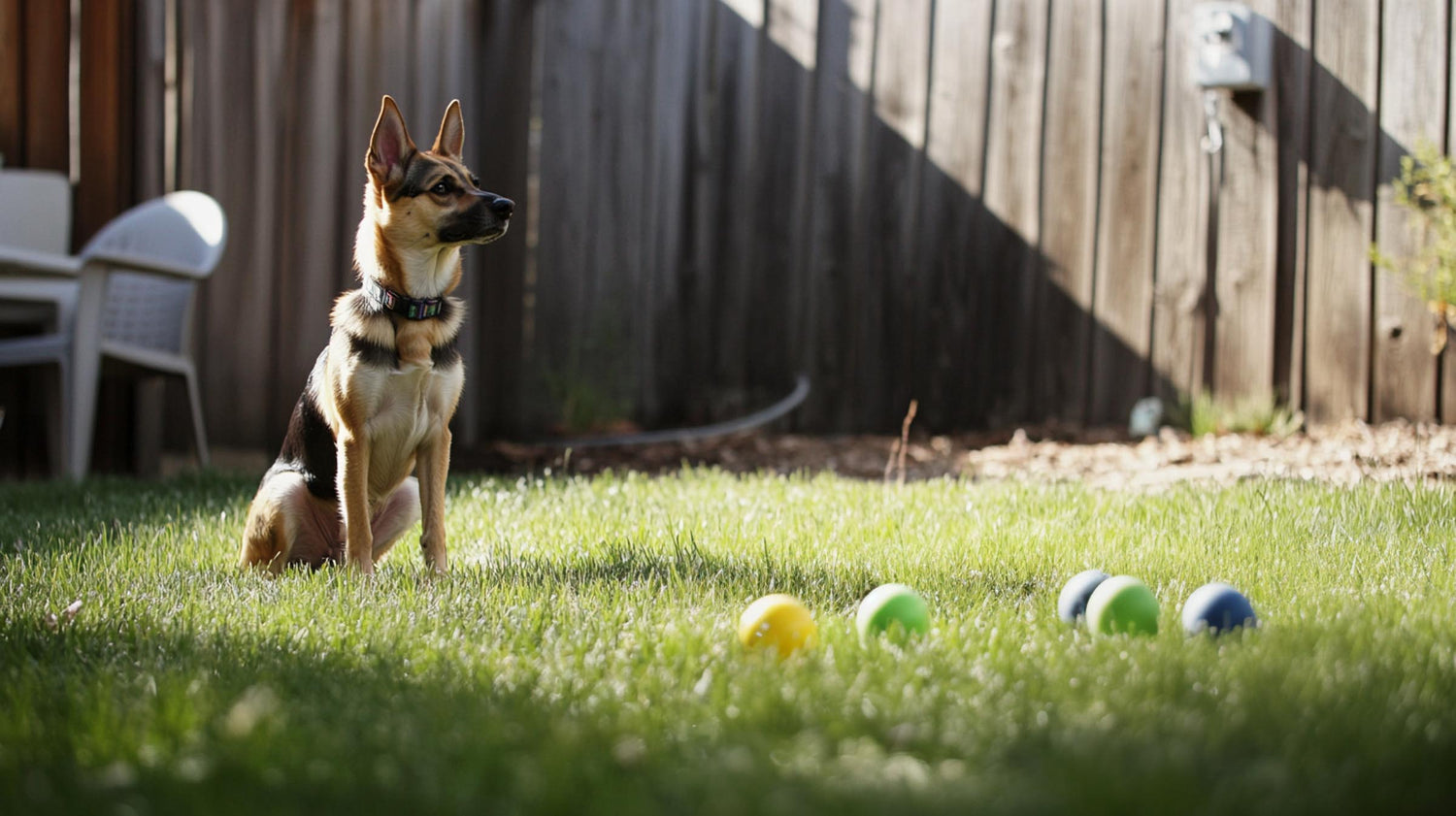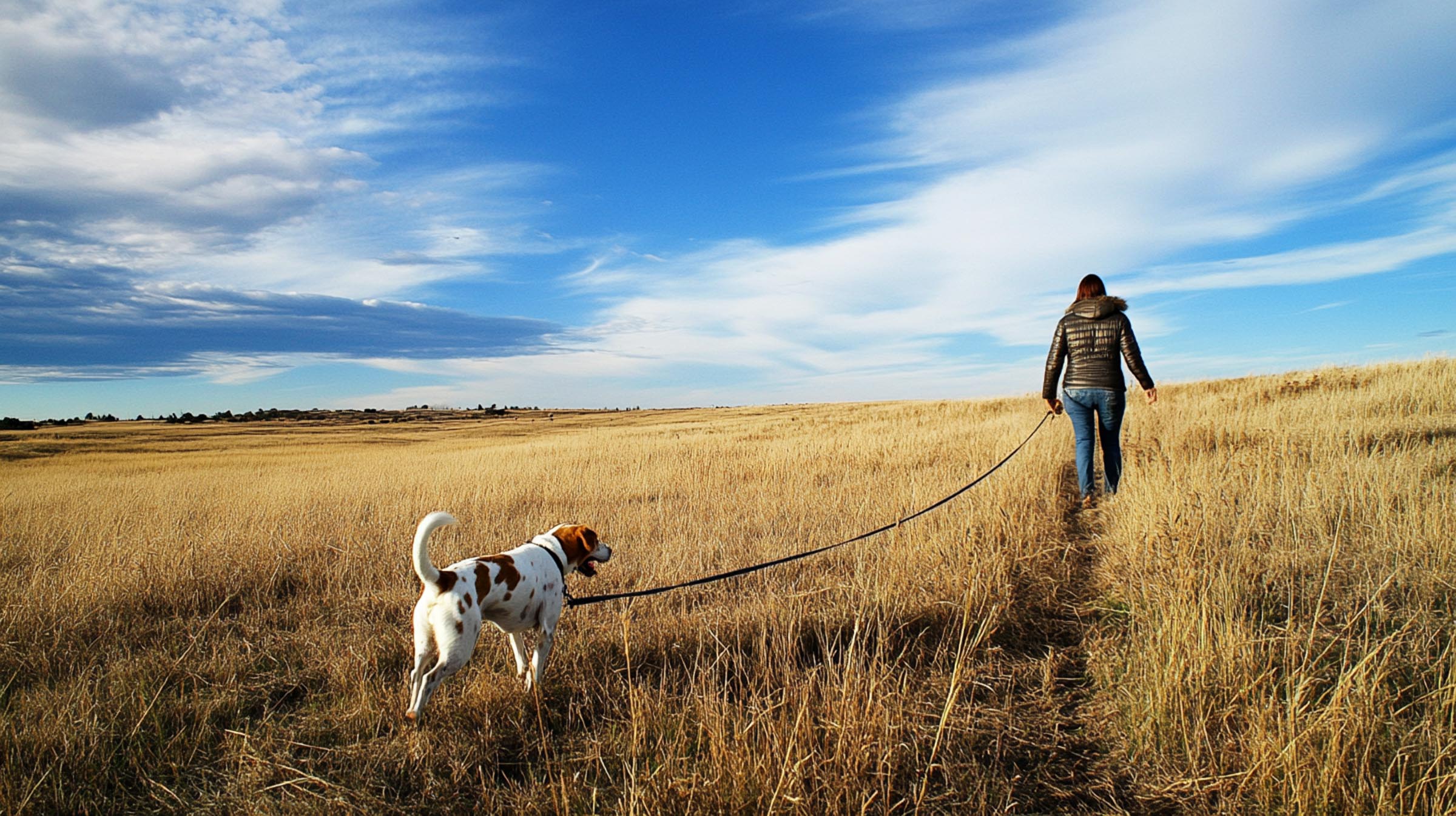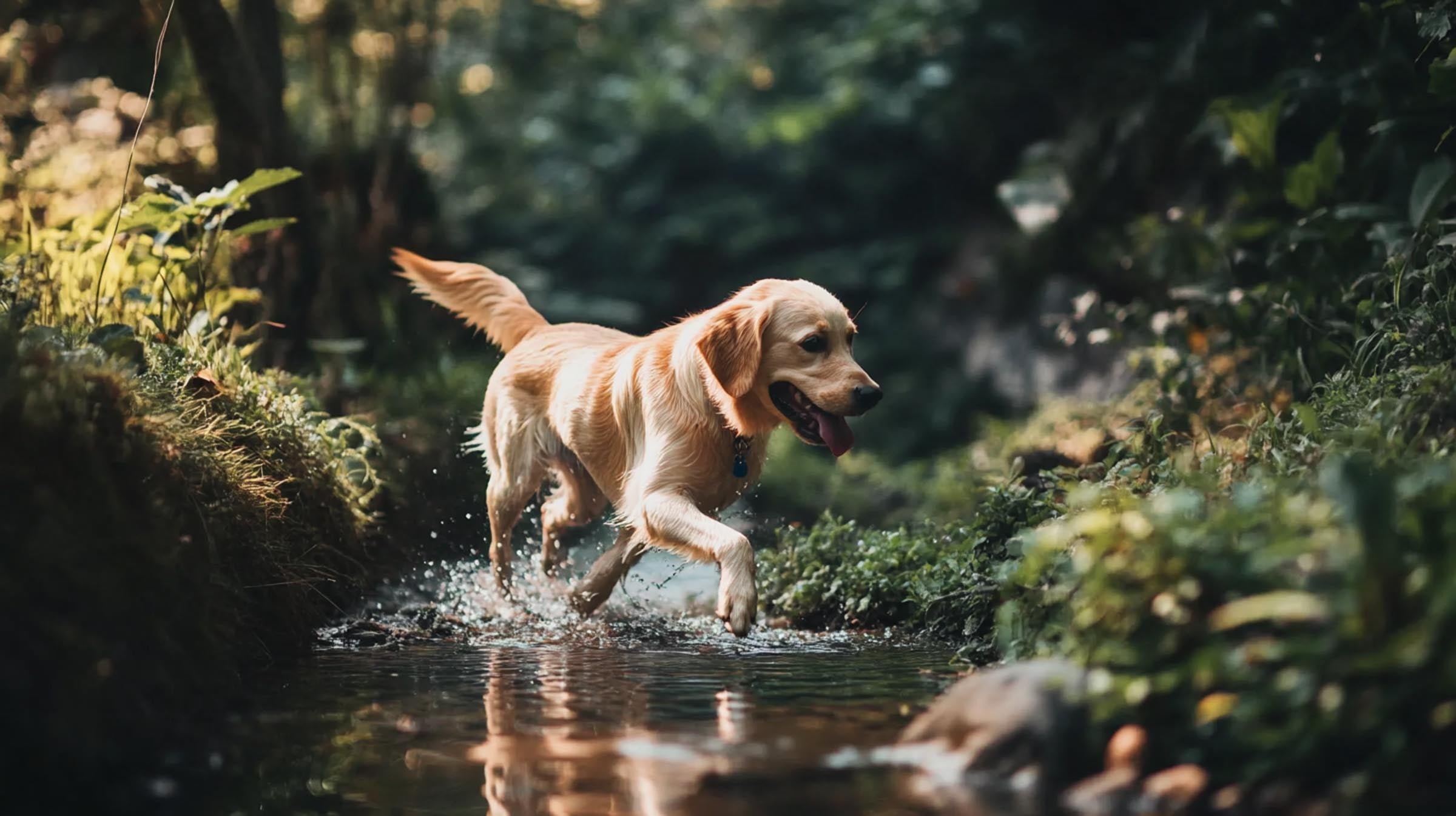Training your dog to go off-leash requires an unwavering foundation in basic obedience. Without it, off-leash adventures can quickly turn into unsafe situations for both your dog and others. Commands like "sit," "stay," "come," and "heel" are crucial for maintaining control, especially in environments filled with distractions. This guide breaks down the key steps to mastering basic obedience before your dog is ready to go off-leash, with actionable tips to help you get there.
Summary
- Master key commands like "sit," "stay," "come," and "heel" to ensure your dog’s safety off-leash.
- Begin training in a low-distraction environment and slowly introduce more complex distractions.
- Ensure your dog follows commands 90% of the time in calm settings before adding challenges.
- Adjust the pace of training depending on your dog’s breed and personality, as learning speeds vary.
- Gradually progress from no distractions to environments with high levels of stimulation.
- Consistent, positive reinforcement and structured training will set your dog up for off-leash success.
The Importance of Basic Obedience Before Going Off-Leash
The foundation of off-leash training lies in mastering basic obedience. Without reliable responses to commands like "sit," "stay," and "come," going off-leash can put your dog at risk. Establishing strong obedience habits ensures that your dog will respond to you even when excited or distracted.
- Key commands: Focus on teaching "sit," "stay," "come," "heel," and "leave it" in a controlled setting first.
- Controlled environment: Begin training in a low-distraction area, such as your living room or backyard.
- Gradual progression: Once your dog responds reliably, slowly introduce mild distractions to help them generalise commands in different settings.
Tip: Make sure each command is consistent and clear. Use the same words, tone, and hand signals to avoid confusing your dog. Repetition and consistency build trust and understanding.
Choosing the Right Environment for Training
Selecting the proper environment for training is crucial to your dog’s progress. Starting in a calm space where your dog feels safe is essential for building confidence. As your dog masters commands in these familiar areas, you can slowly introduce them to more challenging environments.
- Initial setting: Use familiar, distraction-free areas like your living room to focus on teaching new commands.
- Incremental challenges: Move to outdoor spaces with controlled distractions, such as toys or people walking by.
- Outdoor progression: Practise in busier outdoor areas like parks with light foot traffic before moving to busier environments.
Tip: Make training sessions short and fun to prevent your dog from getting bored or frustrated. Sessions that last 10-15 minutes, 2-3 times a day, are ideal for maintaining focus and enthusiasm.
Setting Realistic Timeframes for Obedience Mastery
The timeframe for mastering basic obedience varies based on the dog’s breed, age, and previous training experience. While some dogs learn quickly, others require more time and patience. Understanding your dog’s pace will help set realistic expectations for when they’re ready for off-leash training.
- Typical timeline: Expect several weeks to a few months of consistent training to reach reliable obedience.
- Testing readiness: Your dog should obey commands like "sit" and "stay" 90% of the time in low-distraction environments before increasing difficulty.
- Gauge progress: Use a 10-command test (including "sit," "stay," "come," etc.) to measure how well your dog performs.
Tip: For dogs that struggle with attention, practice at different times of the day to see if they respond better when they're more alert or after they've had time to exercise.
Step-by-Step Distraction Escalation
Introducing distractions too early can overwhelm your dog. To avoid this, gradually escalate distractions, giving your dog the chance to succeed at each stage before moving on to the next. This ensures they can maintain focus even in challenging environments.
- No distractions: Begin in quiet environments like your living room.
- Mild distractions: Introduce subtle distractions like toys or having another person walk by.
- Moderate distractions: Move training to an outdoor area with light activity, such as a quiet park.
- High distractions: Test your dog’s abilities in busier parks with people, dogs, and wildlife.
- Advanced distractions: Once consistent, introduce complex distractions like groups of people or dogs playing off-leash.
Tip: Use a long leash in higher-distraction environments before going fully off-leash. This allows you to maintain control while testing your dog’s ability to focus.
Adjusting for Breed-Specific Learning Speeds
Not all dogs learn at the same rate. Some breeds are naturally more obedient and easier to train, while others require more persistence and patience. Tailoring your training approach to your dog’s breed can help maximise success.
- Independent breeds: Breeds like Huskies and Terriers may require extra impulse control exercises and longer training sessions.
- Working breeds: Dogs like Border Collies or Labs often respond well to structured tasks that channel their natural energy.
- Breed patience: High-energy or independent breeds might take longer to reach off-leash readiness but can succeed with the right approach.
Tip: For stubborn breeds, focus on impulse control games like waiting at doorways or being given permission to play. This helps build patience and attentiveness, which are key for off-leash success.
Recognising When Your Dog Is Ready for Off-Leash
So how do you know when your dog is ready to safely roam without a leash? It comes down to consistency. If your dog can reliably follow commands in various environments with distractions, they may be ready to make the leap to off-leash adventures.
- Consistency: Your dog should follow commands at least 90% of the time, even with distractions.
- Recall reliability: "Come" is the most important command for off-leash success—your dog should come to you without hesitation, even in busy environments.
- Impulse control: Ensure your dog can control their impulses around exciting stimuli like other dogs, wildlife, or cyclists.
Tip: Before going fully off-leash, try practising recall in fenced areas or using a long leash. This gives you control while giving your dog a sense of freedom, letting you test how they’ll respond off-leash.
Conclusion
Mastering basic obedience before allowing your dog off-leash is critical for their safety and your peace of mind. Start by building a solid foundation of commands like "sit," "stay," and "come" in a calm environment. Then, gradually introduce distractions, ensuring that your dog remains consistent in their responses.
Remember, every dog learns at their own pace, and different breeds may require specific training approaches. By taking the time to reinforce obedience and introducing new challenges methodically, you’ll set your dog up for a lifetime of safe and enjoyable off-leash adventures.




Leave a comment
This site is protected by hCaptcha and the hCaptcha Privacy Policy and Terms of Service apply.